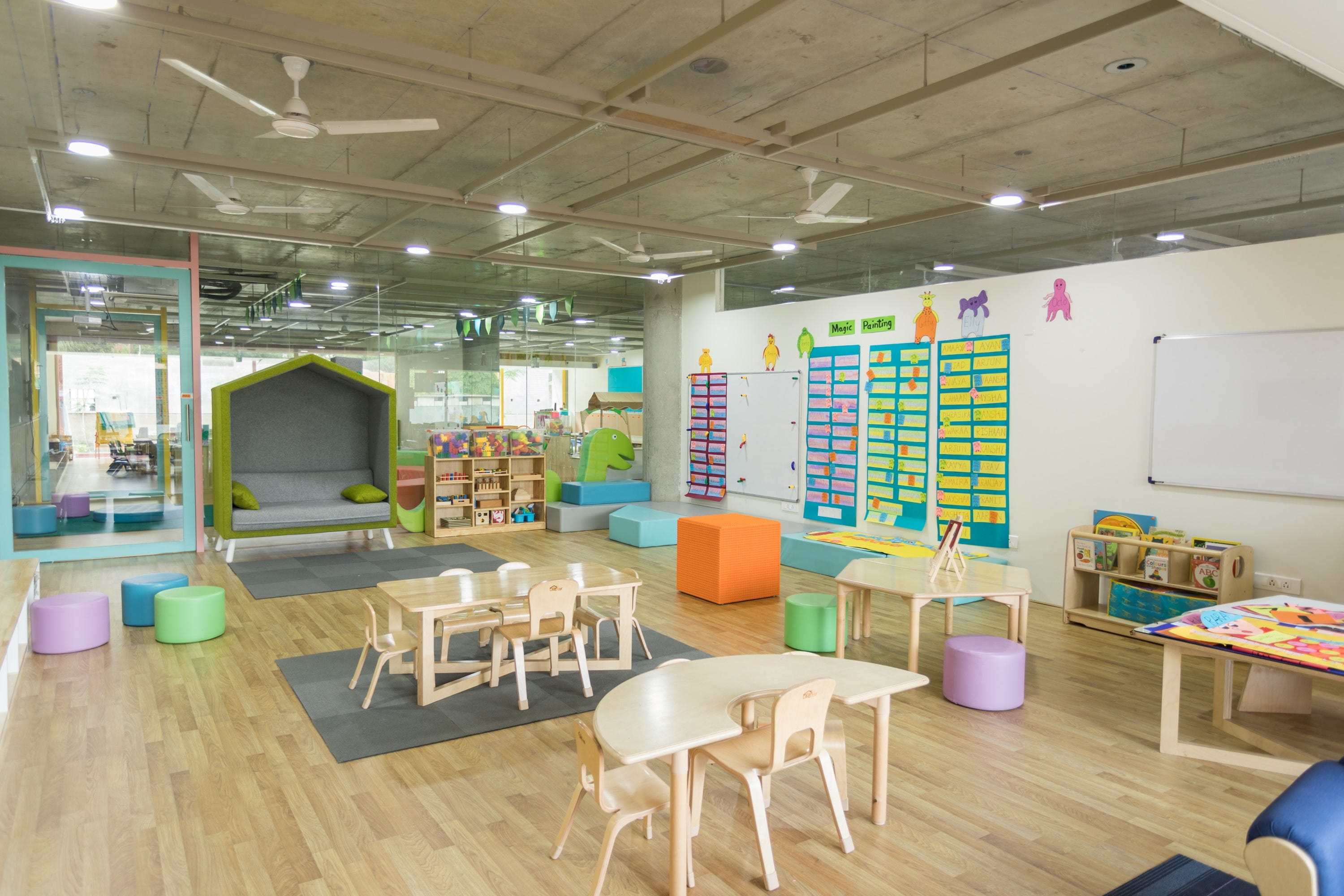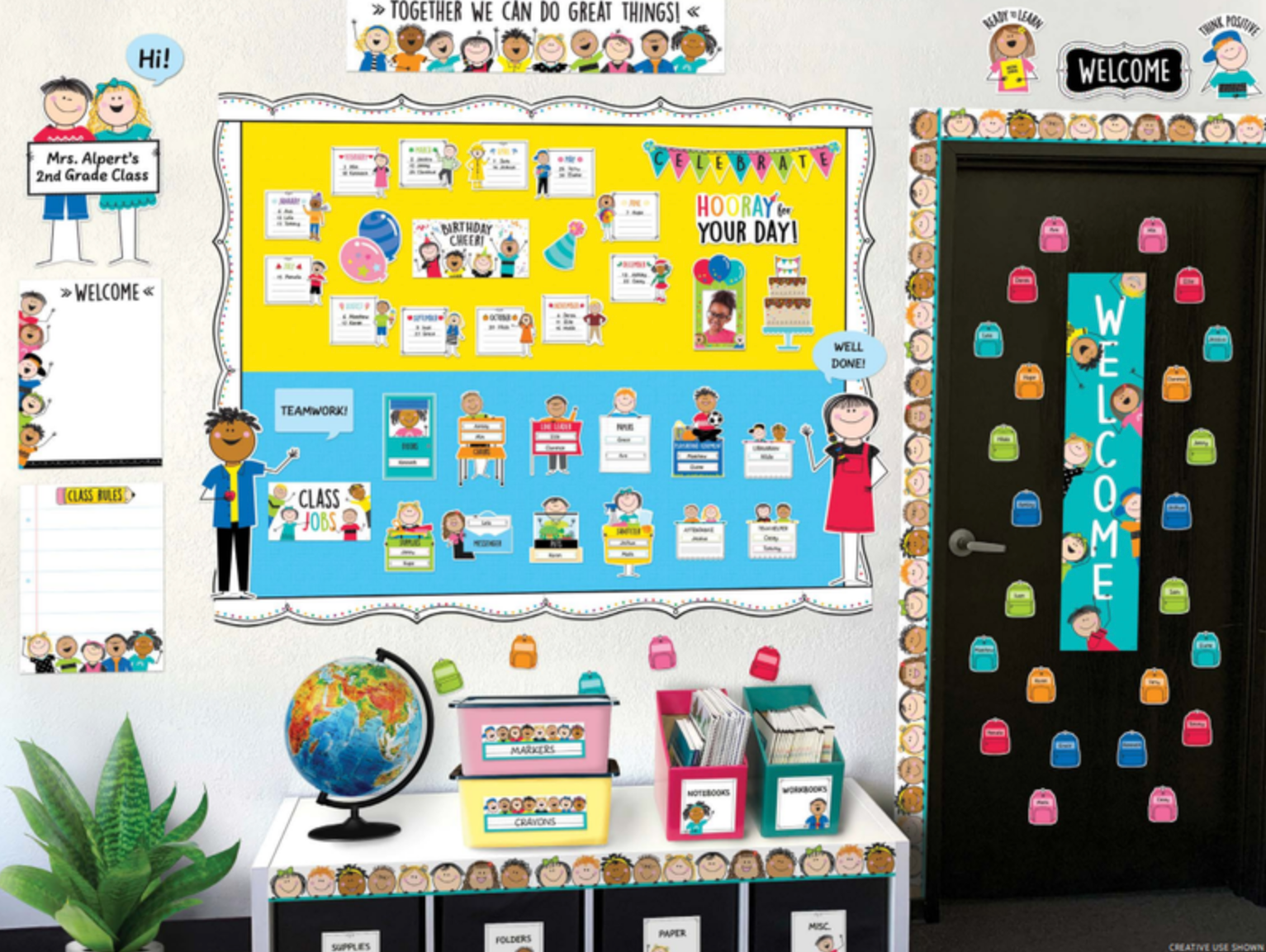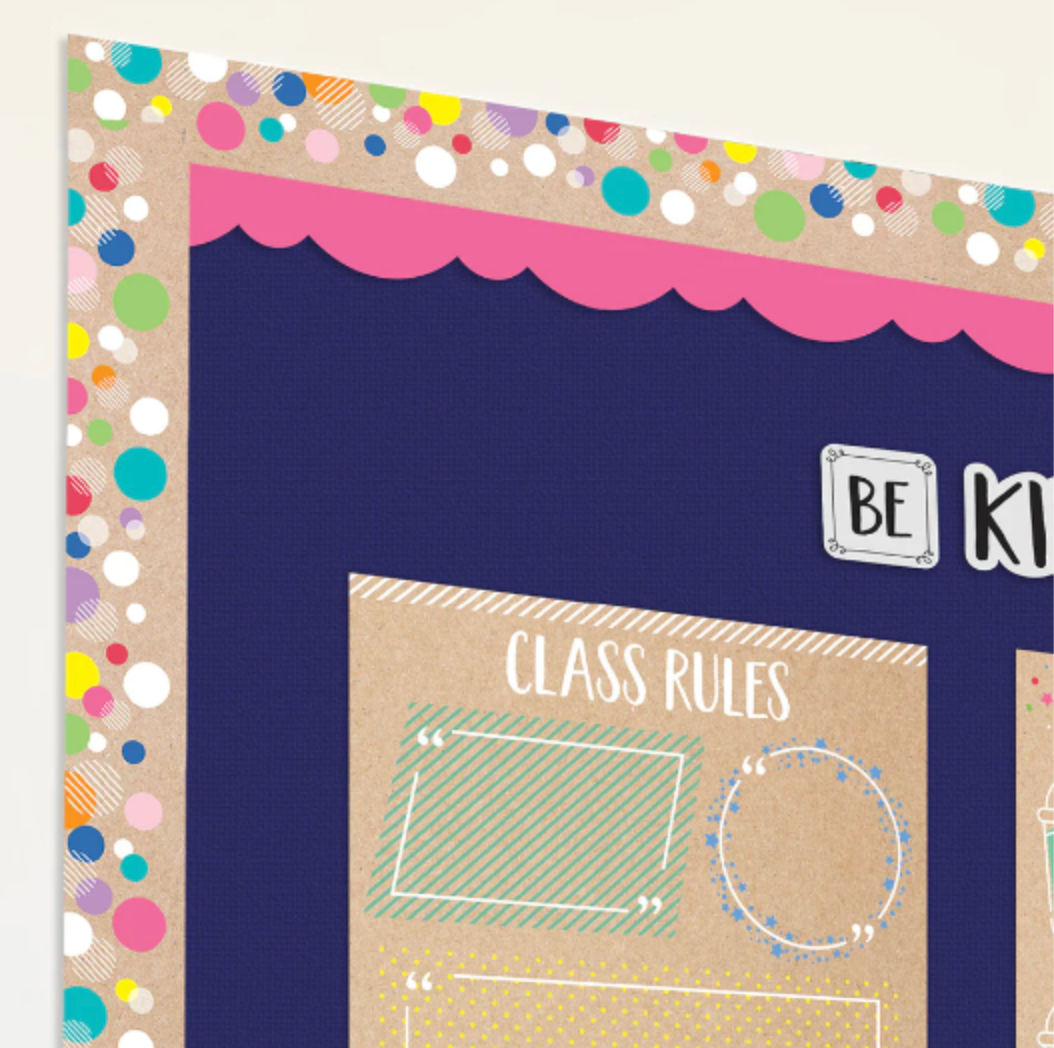Scholar's Choice


Classroom decor plays a significant role in shaping the learning environment and can have both direct and indirect impacts on students' experiences and academic outcomes in primary grades. Here are some ways in which classroom decor can influence the learning environment:


1) Visual Appeal and Engagement
A well-designed and visually appealing classroom can capture students' attention and create a positive learning atmosphere. Thoughtfully chosen colors, artwork, displays, and materials can engage students and make the environment more inviting, fostering a sense of excitement and curiosity.
2) Classroom Identity and Belonging
Classroom decor can help establish a sense of identity and belonging for students. It can reflect the diversity of the class, celebrate student achievements, and showcase their work, fostering a sense of pride and connection. Decor that represents different cultures, languages, and backgrounds promotes inclusivity and a welcoming atmosphere.
3) Environmental Print
The strategic use of environmental print, such as alphabet charts, word walls, and educational posters, supports literacy development in primary grades. These visual aids serve as references for students, reinforce learning concepts, and provide a print-rich environment that enhances language skills and vocabulary acquisition.
4) Organization and Accessibility
Classroom decor can contribute to organization and accessibility. Clear labeling, well-organized materials, and designated areas for different activities (e.g., reading corner, writing center) help students navigate the classroom and locate resources independently. This promotes self-regulation, independence, and a sense of orderliness.




5) Learning Prompts and Supports
Decorative elements that provide learning prompts, reminders, or visual supports can assist students in their learning. For example, number lines, shapes, and mathematical formulas displayed on the walls can serve as references during math lessons. Writing process charts, graphic organizers, or sentence starters can support writing tasks. Such displays help students internalize and apply new concepts.
6) Emotional and Cognitive Atmosphere
Classroom decor can influence the emotional and cognitive atmosphere. Colors, lighting, and overall ambiance can create a calming, stimulating, or focused environment. Consideration of elements like natural lighting, comfortable seating, and visual cues that promote positivity and well-being can contribute to a conducive atmosphere for learning.
7) Classroom Management
Decor can play a role in classroom management. Clear visual cues for routines, expectations, and behavior norms help students understand and follow guidelines. Use of visual timers, behavior charts, or other visual reminders can support self-regulation and help students stay on track.
8) Personalization and Ownership
Allowing students to contribute to classroom decor and personalize their learning space promotes a sense of ownership and agency. Students can display their work, create collaborative projects, or contribute to themed displays. This fosters a sense of pride, engagement, and investment in the classroom community.




9) Cultural Relevance and Representation
Classroom decor that reflects diverse cultures, perspectives, and experiences fosters an inclusive and culturally responsive learning environment. Students see themselves represented, feel valued, and gain an understanding and appreciation for different backgrounds, promoting empathy and a sense of global citizenship.
10) Inspiration and Creativity
A creatively designed classroom can inspire students' creativity and imagination. Artwork, creative displays, and open ended materials can spark curiosity and encourage students to explore their own creative potentials. It creates an environment where students feel inspired to take risks, think outside the box, and express their ideas in unique ways.
It’s important to strike a balance with classroom décor, ensuring that it supports learning without being overwhelming or distracting. Regularly updating and refreshing the décor based on student needs and interests can maintain a dynamic and engaging learning environment.

